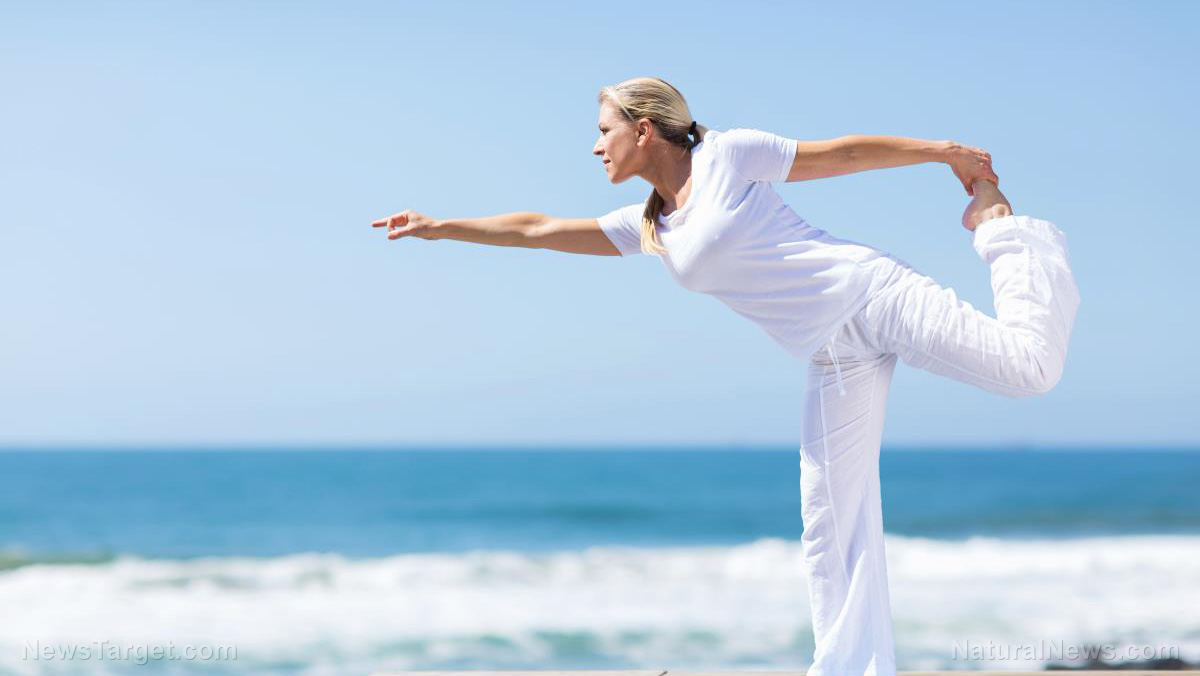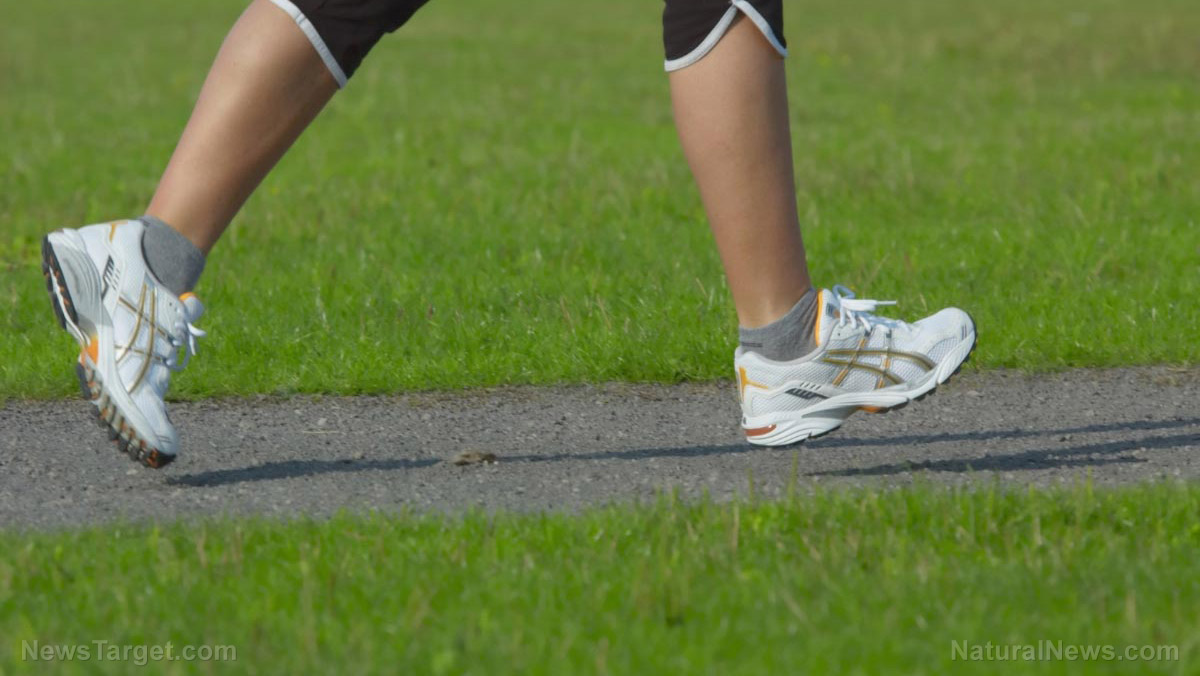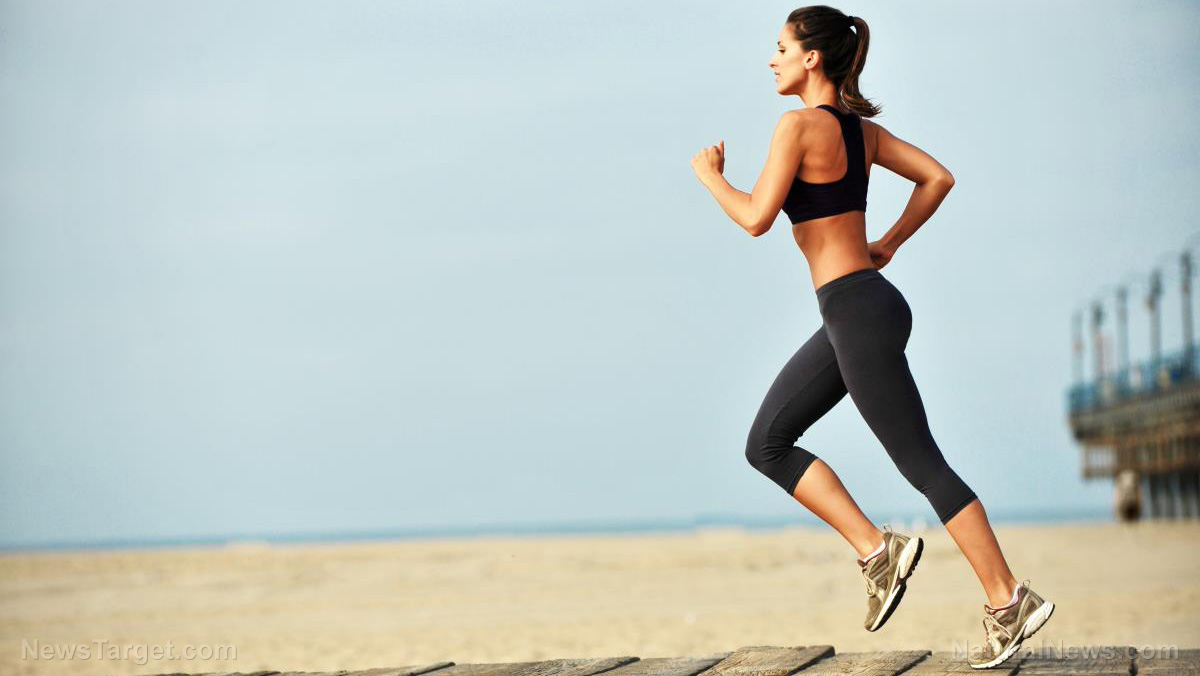Stopping exercise can plunge people back into depression after only THREE DAYS, study concludes
04/21/2018 / By Jessica Dolores

People get depressed for a number of reasons: They feel someone they love has let them down; they lack friends and company; they’re in dire financial straits…the list can go on and on.
Quitting exercise is not on the list.
Surprisingly, new mental research from the University of Adelaide shows that stopping an exercise regimen can lead to signs of depression.
Ph.D. student Julie Morgan from the university’s Discipline of Psychiatry reviewed the results of earlier studies that analyzed the effects of stopping exercise in otherwise active adults. Results showed that sufficient amounts of physical activity and exercise were good for mental and physical wellness.
Morgan reviewed studies that examined the cessation of exercise in 152 adults who exercised at least 30 minutes, thrice a week for at least three months.
Professor Bernhard Baune, Head of Psychiatry at the University of Adelaide and senior author of the study observed that stopping exercise led to a marked increase in depressive symptoms as early as three days after the decision to quit. He cited other studies that recorded a rise in depressive symptoms one or two weeks after an otherwise active adult stopped exercising.
Current public health guidelines encourages physical activity for most, if not all, days of the week. Experts recommend at least 150 minutes of moderate exercise a week to maintain good health and prevent depression. This means 75 minutes of vigorous exercise to achieve good health and stay active.
Dance yourself to the sunlight
Too occupied with work and other things to go to the gym or continue your daily walks around the block? New research published in Journal of the American Heart Association says you don’t need to spend long hours a day huffing and puffing to stay fit. Short bursts of exercise a day can help you reach the same fitness goals.
Here are simple, quick exercises you can do every day at home.
- Cross Jack — Stand with your feet apart. Extend your arms to the side at shoulder level. Your palms should face the ground. Jump and cross right arm over left at shoulder level in front of you. Cross your right foot over the left. Jump back to your original position. Repeat, crossing the opposite arm and foot. Continue by alternating sides.
- Plank heel touch — Assume the plank position. Keep your feet shoulder-width apart. Raise your right heel toward your buttocks, while reaching back and touching using your left hand. Return to your original position and repeat with opposite arm and leg. Continue by alternating sides.
- Skater Squat — Stand with your feet together. Put your arms to the side and make a fist with your hands. Jump to the left as you stretch your left arm behind you. Raise your right fist toward the chin, landing on the left foot, right leg raised behind you. Squat at once. Repeat in the opposite direction. Continue by alternating sides.
- Drop-Squat Punch — Stand with your feet together. Bend elbows. Form a fist with your hands and position them under your chin. Jump, with your feet splayed out wide. Squat, punching forward with right hand. Jump back to original position. Repeat, punching with left hand. Continue by alternating sides.
A little exercise goes a long way. It lifts your spirits, keeps you going, and makes you healthy.
By making exercise your friend, you can look forward to spending more years of doing what you love and spending time with the people who matter most to you.
Sources include:
Tagged Under: depression, exercise, fitness, happiness, importance of exercise, mental health, mind-body medicine, physical activity, quick exercise, short bursts of exercise, simple exercise, stopping exercise




















